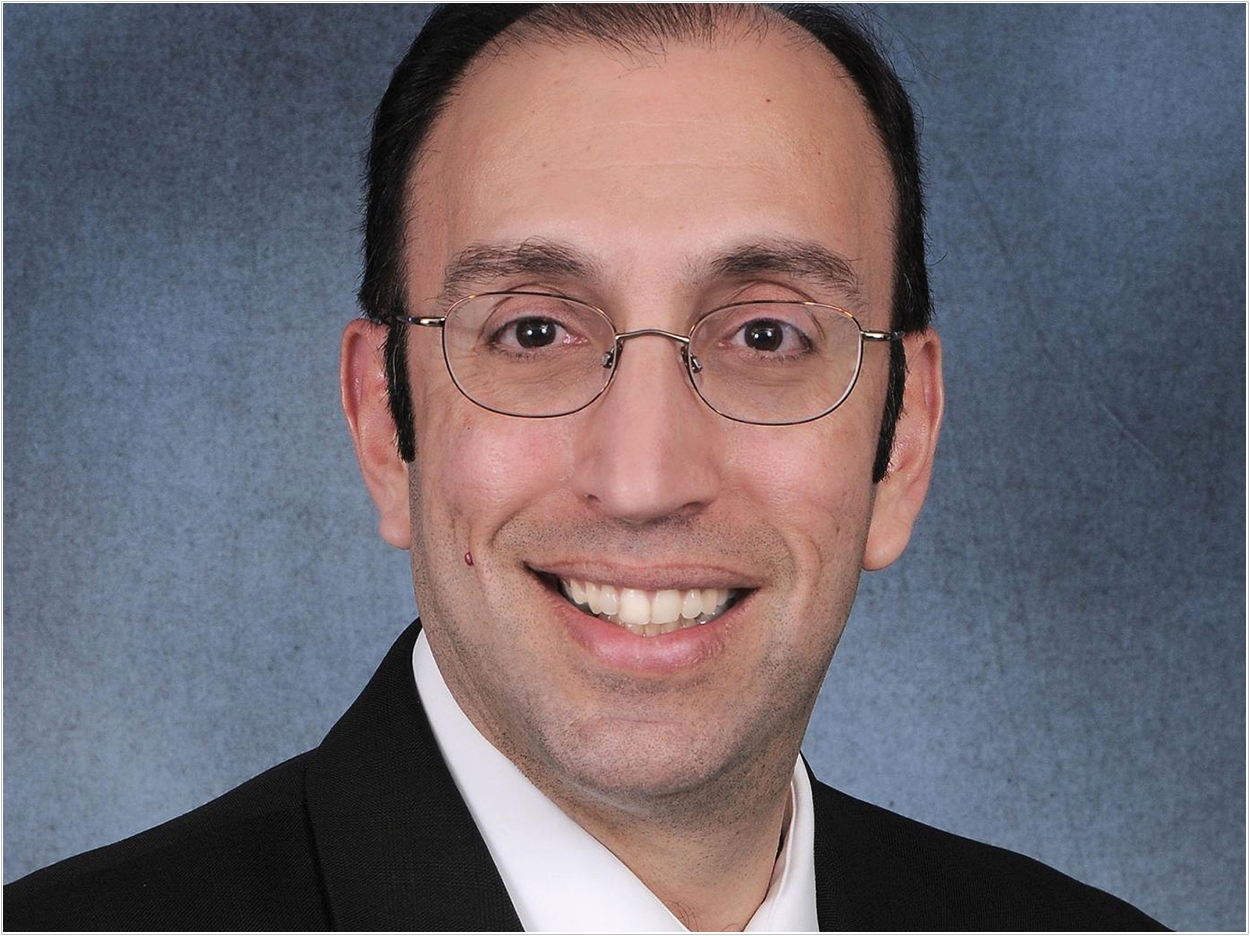
Tooth-colored fillings usually require a replacement every five to seven years, according to the Oklahoma University (OU) College of Dentistry, often because tooth decay has formed under them. Now, a researcher there has received a grant from the National Institutes of Health to investigate which components in these fillings are most susceptible to decay and which enzymes in saliva cause the most plaque.
“If we can find a way to replace a tooth-colored filling every 14 years instead of every seven years, we can reduce the cost of oral healthcare and save more of the patients’ tooth structure,” said Sharukh S. Khajotia, BDS, PhD, associate dean for research at the school, adding that more than $5 billion in spent on restoring and replacing fillings in the United States each year.
Tooth-colored fillings include chemical bonds called ester bonds, while saliva includes enzymes called esterases. Khojotia’s study will focus on the esterases in saliva that are able to break the ester bonds in tooth-colored fillings. His previous studies have shown that when the bonds break down, the surface of the filling begins to degrade and becomes rougher, which allows more plaque to form.
Because filling material contains many different components, Khajotia wants to understand which of them are linked to more or less plaque formation. If individual components can be isolated, filling materials might be changes so they don’t support as much plaque growth.
“This represents a gap in our knowledge in dentistry,” Khajotia said. “We don’t know precisely what is happening to these fillings at the junction between tooth structure, the filling material, and what we call a bonding agent. It’s a complex interface, but we are beginning to learn more about why these fillings fail earlier than they should.”
Previously, Khajotia has studied how two particular saliva enzymes degrade fillings. The new grant will expand upon that research. Khajotia is using tests that he and his colleagues have developed and that are now being used around the world, including a process for creating a three-dimensional structure of plaque. The new grant also includes funding for several dental and dental hygiene studies to participate in the research.
“Patient care and research go hand in hand. Without one, you cannot have the other,” Khajotia said. “Most of the developments in dental biomaterials have been based on a clinical need. Our college has a history of clinical excellence, so doing research is a logical extension of our clinical capabilities.”
Related Articles
The Pros and Cons of a Proposed Dental Filling Material
Biomaterial Fillings Repair and Regenerate Dentin
Antibacterial Nanoparticles Improve Adhesive Resins


